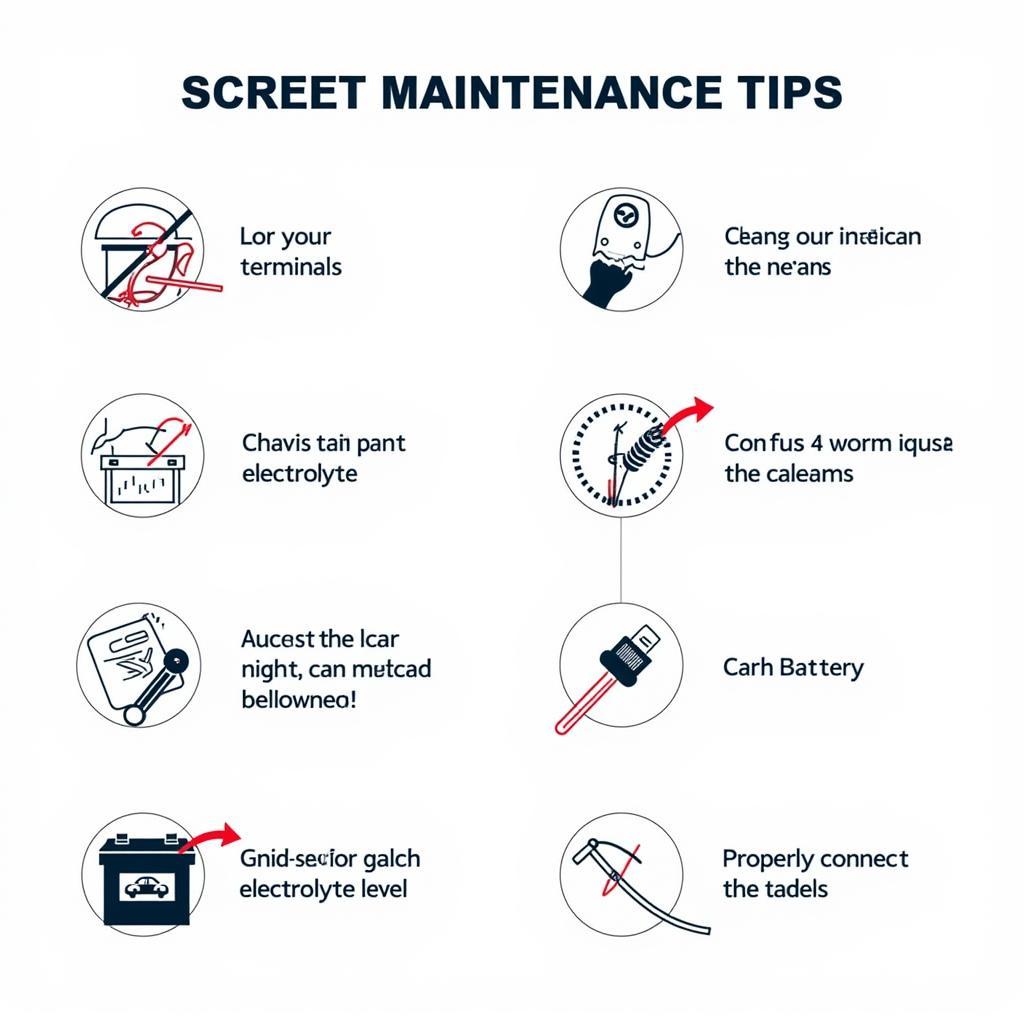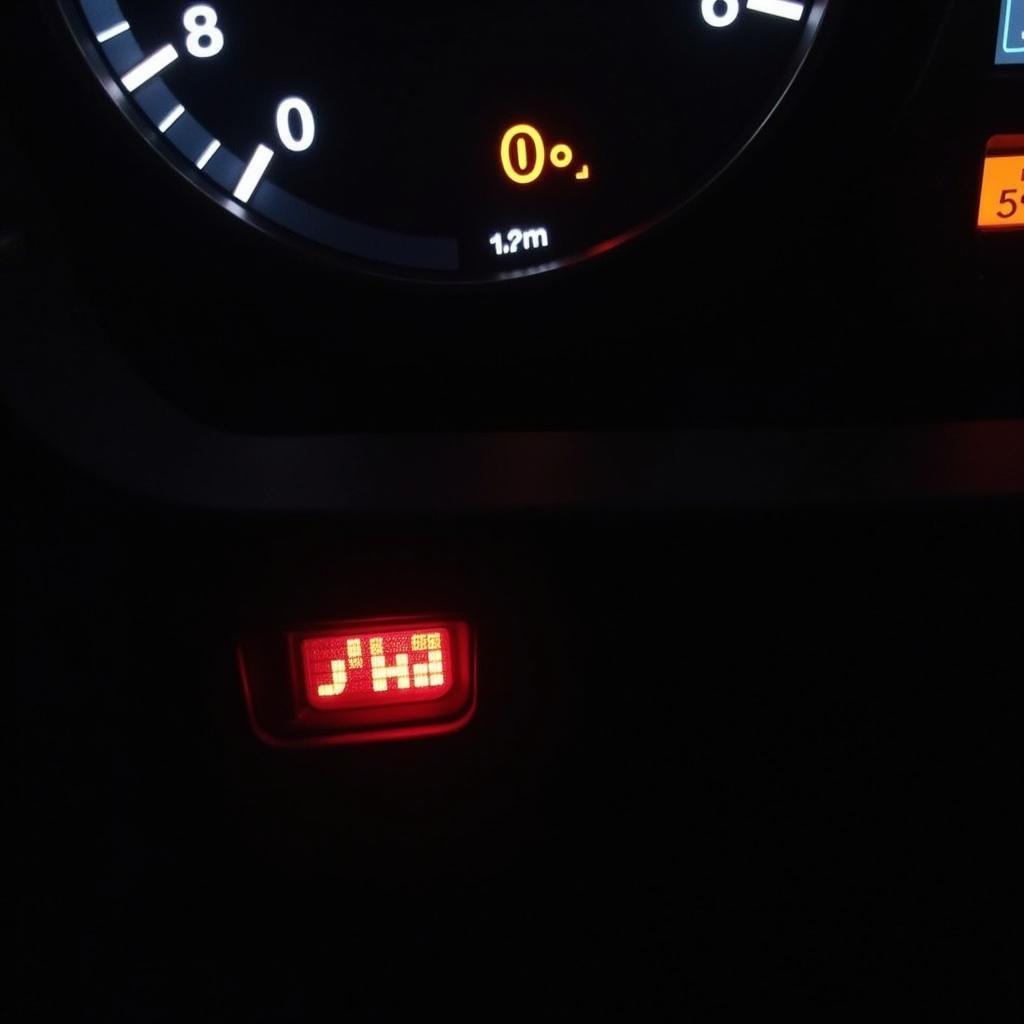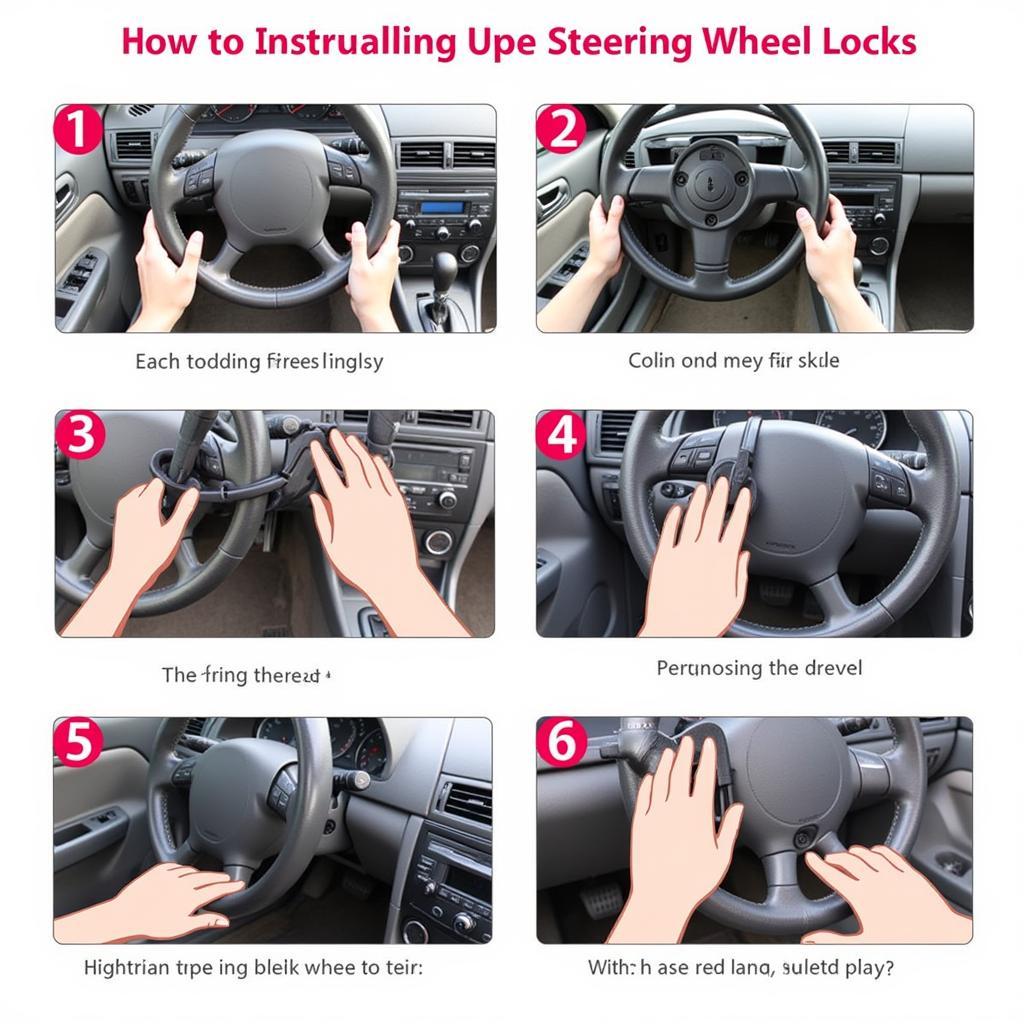An alternator causing battery drain is a common car problem that can leave you stranded. This guide provides a detailed look at why your alternator might be draining your battery, how to diagnose the issue, and potential solutions.
Understanding the Alternator’s Role
The alternator is crucial for keeping your car’s electrical systems running smoothly. It recharges the battery while the engine is running and powers everything from the headlights to the radio. A healthy alternator provides consistent voltage and amperage to maintain a proper charge. However, a faulty alternator can quickly deplete your battery, leading to starting problems and other electrical malfunctions. A failing diode within the alternator can allow current to flow back into the alternator, draining the battery even when the engine is off. This parasitic drain can be difficult to detect without the right tools and knowledge.
Diagnosing an Alternator Draining Your Battery
How can you tell if your alternator is the culprit behind your battery drain? There are several telltale signs. Dimming headlights, especially when idling, can indicate a failing alternator struggling to provide sufficient power. Strange noises coming from the alternator, such as whining or grinding, can also signal a problem. If your car requires frequent jump-starts, a failing alternator might be preventing the battery from holding a charge. A simple test involves starting your car and disconnecting the positive battery terminal. If the car stalls immediately, the alternator isn’t producing enough power to keep the engine running.
Using a Multimeter for Accurate Diagnosis
A multimeter is a valuable tool for pinpointing the source of your battery drain. With the engine off, measure the voltage across the battery terminals. A fully charged battery should read around 12.6 volts. If the reading is significantly lower, your battery is likely discharged. Next, start the engine and measure the voltage again. A healthy alternator should raise the voltage to between 13.5 and 14.5 volts. If the voltage remains low or even drops, the alternator is likely faulty.
How to Fix an Alternator Draining Your Battery
Once you’ve diagnosed a faulty alternator, you have a few options. Replacing the alternator is often the most effective solution. While you can attempt to rebuild an alternator, it’s generally more cost-effective to replace it with a new or remanufactured unit. Before replacing the alternator, inspect the wiring and connections for any damage or corrosion. Loose or corroded connections can also contribute to battery drain. Make sure to use the correct alternator for your vehicle’s make and model to ensure compatibility and proper function.
Preventing Future Battery Drain
Preventing battery drain starts with regular maintenance. Have your alternator and battery tested periodically as part of your routine car maintenance schedule. Addressing any electrical issues promptly can prevent them from escalating into more significant problems. Keeping your battery terminals clean and free of corrosion can also improve the lifespan of your battery and prevent drainage issues.
If your Lincoln MKZ is experiencing battery drain, you might find this article helpful: lincoln mkz battery drain. For general battery draining problems, this resource could offer valuable insights: auto battery draining overnight.  Car Battery Maintenance Tips
Car Battery Maintenance Tips
“A failing alternator can be a silent killer for your battery. Regular checks can save you from unexpected breakdowns and costly repairs,” says John Smith, Senior Automotive Technician at Smith Auto Repair. “Don’t ignore warning signs like dimming headlights or strange noises. Early detection is key to preventing further damage.”
Conclusion
An alternator causing battery drain is a common but often overlooked problem. By understanding the signs of a faulty alternator and using proper diagnostic techniques, you can prevent further damage to your vehicle’s electrical system and avoid getting stranded. Regular maintenance and prompt repairs are essential for ensuring the long-term health of your car’s electrical components and overall performance. Don’t let a faulty alternator drain your battery and your peace of mind – address the issue promptly. For issues with battery warning lights, check out this article: seat leon battery warning light. And for those interested in general battery indicators, you might find this helpful: battery indicator car dashboard. Finally, if you’re experiencing issues with a Fiat 500 battery, consider this resource: fiat 500 battery problems.
FAQ
- How long does an alternator typically last? Alternators typically last between 7 and 10 years, but their lifespan can vary depending on usage and environmental factors.
- Can a bad battery cause alternator problems? While a bad battery won’t directly cause alternator problems, it can put extra strain on the alternator, potentially shortening its lifespan.
- What other components can cause battery drain? Besides the alternator, parasitic drains from faulty wiring, interior lights, or aftermarket accessories can also deplete your battery.
- Can I drive with a bad alternator? You can drive for a short distance with a bad alternator, but eventually, the battery will drain completely, and the car will stall.
- How much does it cost to replace an alternator? The cost of replacing an alternator varies depending on the vehicle make and model, but it typically ranges from $300 to $800.
- Can I test my alternator myself? Yes, you can test your alternator using a multimeter following the steps outlined above.
- Is it better to rebuild or replace an alternator? Replacing an alternator is generally more cost-effective and reliable than rebuilding it.



